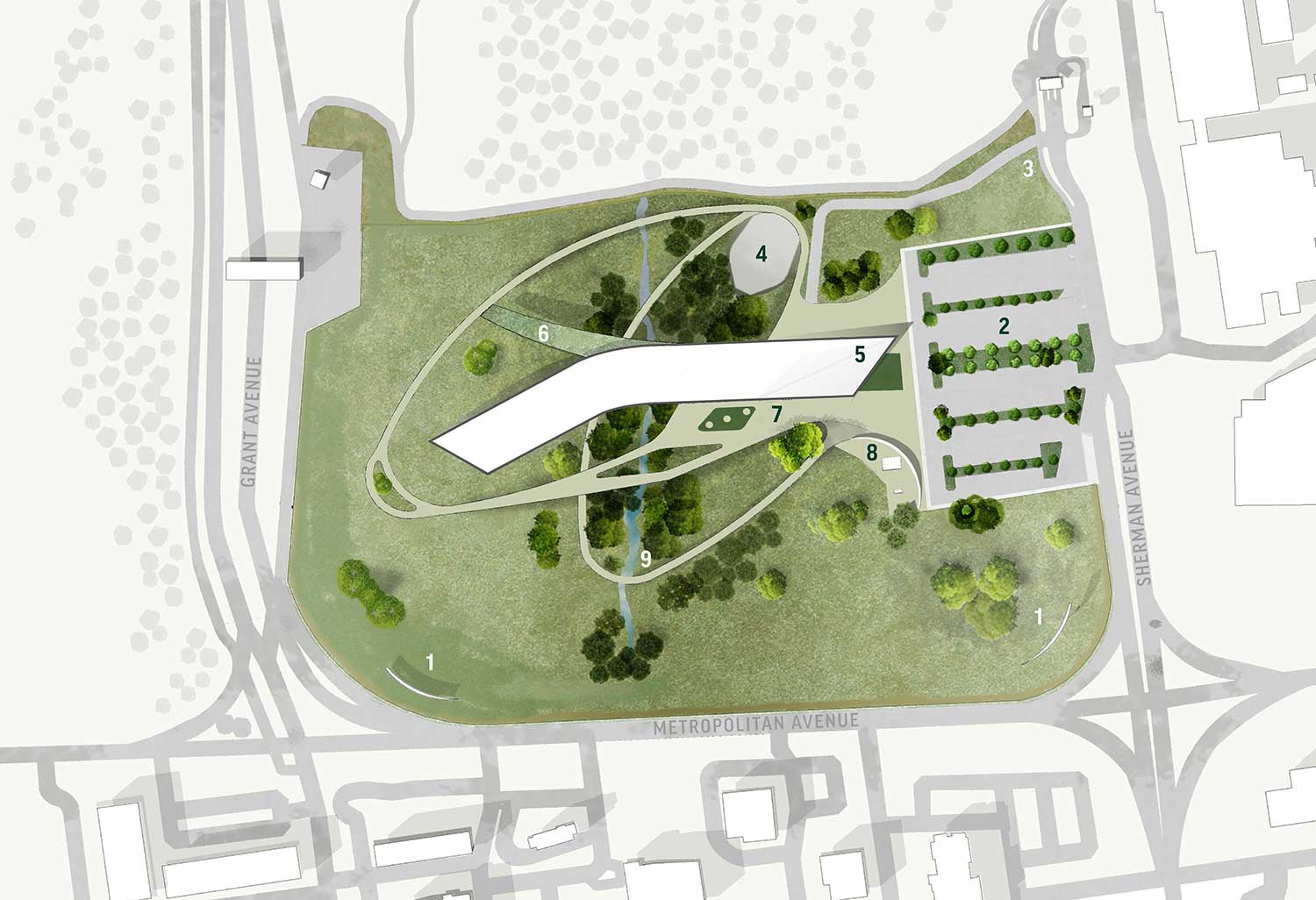History and Connections
A New Museum for a New Frontier, the Future
A new frontier exists, which is exploring the limits of what is known and advancing new ideas as we move into the future.
The Frontier Museum of the U.S. Army will inspire new generations by sharing the stories of those who lived during America’s Westward Expansion years from 1773 to 1917.

Answering the Call of a New Frontier
Today’s frontier isn’t about expanding territory; it’s about expanding knowledge. The new Frontier Museum of the U.S. Army embodies this commitment to discovery, advanced understanding, and innovation. Reverent yet forward-thinking, the museum will create immersive experiences that engage and inspire visitors.
The Stories of a Nation in the Making
No one group is credited with Westward Expansion or settling the frontier. Instead, it involved different families, genders, races, religions and groups (Native Americans, settlers, cowboys, mountain men, trappers, traders, military, etc.). That’s the American way.
Through a multi-perspective approach, exhibits will connect visitors to the rich themes of history, culture and community that define the American plains.
- A Tapestry of Perspectives: Multiple viewpoints will intertwine, revealing diverse stories of our national memory.
- Engaging Exhibitions: Interactive displays will guide visitors through a journey of shared histories and complex narratives.
Powerful stories of American history and potential — stories of a nation in the making. America needs a new home for its stories.
1773 –1830
Setting the Stage for Expansion
1773: Daniel Boone Crosses the Cumberland Gap
Daniel Boone opens a gateway to the West, paving the way for future pioneers.
1830: Indian Removal Act
This legislation led to the forced relocation of Native American tribes, including the Cherokee Trail of Tears.
1840 –1860
Growth Through Connection
1846–1848: Mexican-American War and the Treaty of Guadalupe Hidalgo
This war reshaped the map of North America, with the Treaty of Guadalupe Hidalgo adding vast territories to the U.S.
1848: California Gold Rush and the Founding of Wells Fargo
Wells Fargo is established to provide express banking services to miners and settlers.
1860: Pony Express Begins Operations
This short-lived but iconic mail service delivered messages across 2,000 miles in just 10 days.
1861: Telegraph Lines Complete the Transcontinental Connection
The telegraph renders the Pony Express obsolete but revolutionizes communication — a milestone aligned with AT&T’s legacy of connecting people.
1862: Homestead Act
President Lincoln’s act grants 160 acres of land to settlers, driving westward migration.
1866: Formation of the Buffalo Soldiers
Following the Civil War, Congress establishes all-Black regiments in the U.S. Army, known as Buffalo Soldiers.
1869: Completion of the Transcontinental Railroad
The “Golden Spike” unites the Central Pacific and Union Pacific Railroads, connecting the country coast-to-coast.
1870 –1890
A Nation Transformed
1874: Introduction of Barbed Wire
Farmers embrace barbed wire to protect their lands, transforming agriculture and settlement patterns in the West.
1876: Invention of the Telephone
Alexander Graham Bell’s revolutionary invention changes the landscape of communication forever.
1876: Battle of Little Bighorn
A defining moment in the Indian Wars, this battle highlights the fierce resistance of Native Americans, such as Sitting Bull and Crazy Horse against Westward Expansion.
1890: Wounded Knee Massacre
The tragic end of the Indian Wars underscores the complexity of westward expansion and the resilience of Native communities.
1900 –1917
Progress and Change
1902: Women and the West
The National Women’s Trade Union League supports working women, showcasing their role in building the American frontier.
1917: Frontier’s Last Era
The U.S. enters World War I, and the frontier’s expansion years come to a symbolic close.

